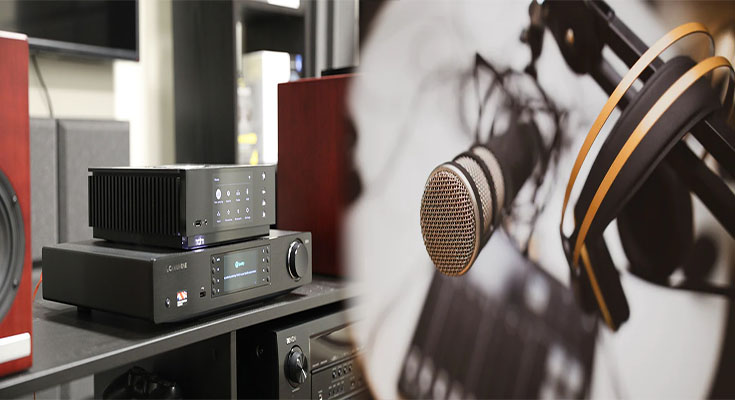If you are looking for audio streaming technology, there are many options available. You can choose a platform that uses adaptive streaming, or you can choose to use one that uses a set of codecs to deliver the same audio content to all devices. There are a number of different advantages and disadvantages associated with each platform, so it’s important to know which ones are best for your business.
Adaptive streaming technique for audio
Adaptive streaming technology for audio delivers high-quality audio at various bitrates based on available bandwidth. Its encoders automatically prepare audio segments with varying bitrates and seamlessly join them. The encoders deliver these segments to the server with a manifest file that describes the bitrates that are available. The player then monitors available bandwidth and asks the server to send audio segments encoded at the best available bitrate to the listener.
Adaptive streaming is used by Netflix, the streaming service, to deliver high-quality audio to its subscribers. It allows Netflix to automatically adjust the bitrate based on network conditions, avoiding constant buffering. The technology also solves the problem of audio re-buffering, which can cause poor sound quality.
Streaming platforms
Audio streaming technology has become an important part of the modern lifestyle. According to a recent report, the global audience for streaming audio is projected to reach 1.2 billion people by 2030. Audio streaming is especially popular among the younger demographic, with 80% of 16-24-year-olds consuming audio content through streaming services. These services are usually based on subscription models, where users pay a recurring monthly or yearly fee for access to the content.
With these platforms, audio broadcasters can make their audio content available to their audience, making it accessible from anywhere. Audio content may be in the form of podcasts or full shows.
Codecs used
Codecs are used to encode and decode video and audio signals. The more advanced codecs require significant processing power. This is an important consideration for the successful distribution of multimedia over the Internet. Fortunately, advances in technology have made it easier to compress video and audio content. As a result, a wide variety of codecs are available.
AAC is the most popular lossy audio codec, with good compression efficiency and small file sizes. It is often used for live streaming. It is also one of the most widely used codecs on the Internet. However, it’s not recommended for high-quality audio streaming because of its long encoding time.
Market share
Streaming audio services are gaining traction globally, owing to an increasing desire of the population for uninterrupted listening to music. However, the industry is still largely fragmented. Some players are focusing on niche audiences, like classical music. Other players are focused on expanding geographically, such as Apple, which has announced that Apple Music will be available in 52 new countries by April 2020.
Audio streaming is a one-way audial content transmission through the internet. Unlike downloading music files, audio streaming content is accessible at the user’s convenience. It also doesn’t require additional storage space. It also provides access to millions of songs.





